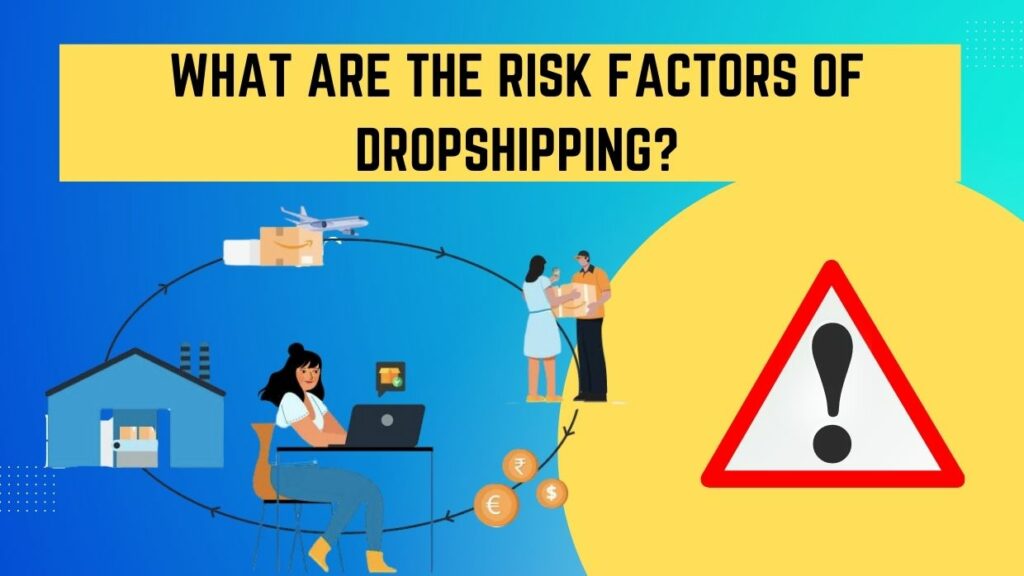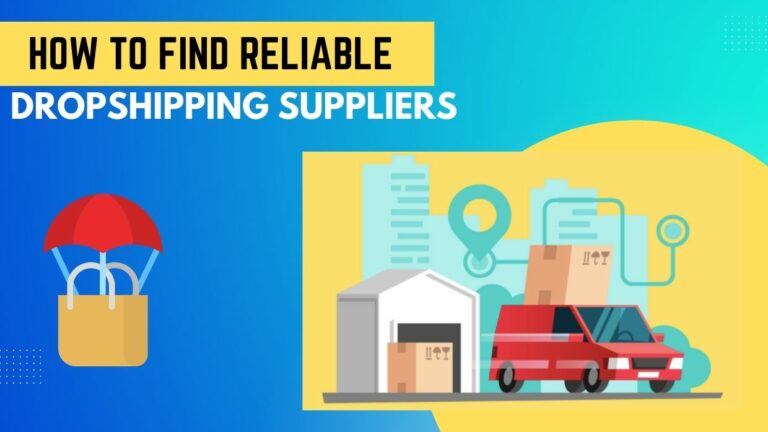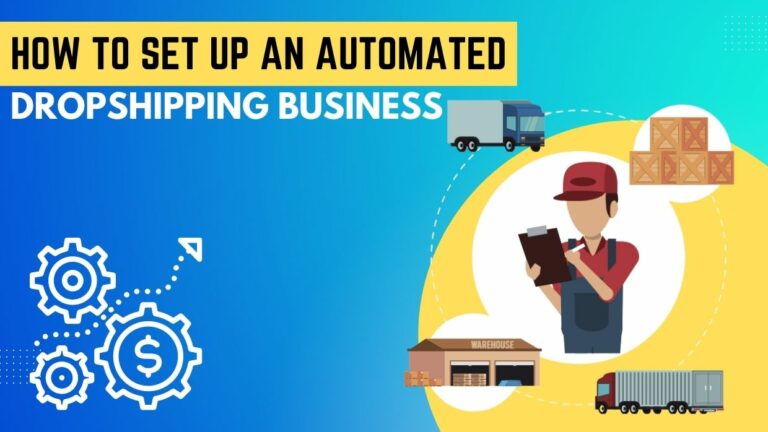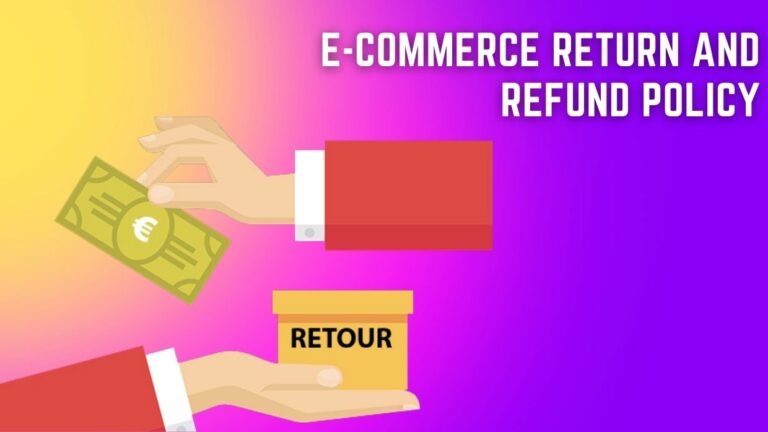What are the risk factors of dropshipping?
In this blog article, we’ll discuss “What are the risk factors of dropshipping?” and how you can prepare yourself for them. Are you considering starting a business with dropshipping? It can be a great way to get started selling online and start making money quickly. But before you take the plunge, it’s important to be aware of the potential risks involved in order to make sure that your business runs smoothly.
What is Dropshipping?
Dropshipping is a business model in which e-commerce entrepreneurs sell products without having to carry any inventory. When a store owner receives an order from a customer, they simply contact the supplier, who will then ship the products directly to the customer’s door. Dropshipping is a popular business model because it’s relatively easy to set up and manage, and it doesn’t require a large upfront investment.
However, dropshipping does come with some risks that entrepreneurs need to be aware of. The biggest risk is that of working with unreliable suppliers. If a supplier is unreliable, it can cause all sorts of problems for your business, including late or incorrect orders, unresponsive customer service, and poor-quality products.
Another risk is that of competition. Because dropshipping is such a popular business model, there are likely many other businesses out there selling similar products as you. This means that you need to work hard to differentiate your business and make sure that your prices are competitive.
Learn more… An Easy Guide To Understanding What Is Dropshipping And How It Works
Pros and Cons of Dropshipping
There are both pros and cons to dropshipping. One pro is that it can be a very low-risk way to start an online business. You don’t need to invest in inventory upfront, so your only costs are those associated with running your website and marketing your products. Dropshipping also offers a high degree of flexibility – you can easily add or remove products from your store, and you’re not locked into long-term contracts with suppliers.
On the downside, dropshipping can be a bit more complicated and time-consuming than other e-commerce business models. Because you don’t have control over your inventory, it can be difficult to ensure customer satisfaction. You also may have to deal with more supplier issues than if you were stocking your own products. And finally, because margins can be slim in dropshipping, it can be difficult to scale your business without raising prices or finding new ways to cut costs.
The Ultimate Guide To Choosing The Right Dropshipping Categories For Your Store
What are the Risk Factors of Dropshipping?

There are a few key risk factors to be aware of when considering dropshipping as a business model. The first is that you are reliant on your supplier to ship products to your customers on time and as described. If there are any issues with the product or the shipping, it will reflect poorly on your business. This can lead to customer complaints and even chargebacks.
Another risk factor is that you have very little control over your inventory. This can be problematic if a popular product suddenly goes out of stock or is discontinued by the supplier. You may also find that the supplier changes their pricing without notice, which can eat into your profits.
Finally, drop shipping businesses have a high rate of failure. This is often due to the lack of control over the supply chain, competition from other businesses, and difficulty in scaling the business model. If you’re not careful, it’s easy to overextend yourself financially and end up in debt.
Unreliable Suppliers
There are a few different types of risks that come with dropshipping, and one of those is supplier risk. This is when your supplier is either unable or unwilling to provide you with the products that you need in a timely manner.
This can be incredibly frustrating for customers who have placed orders and are expecting to receive their items soon. There are a few different ways to mitigate supplier risk, such as:
- Diversifying your suppliers: Don’t put all your eggs in one basket. Work with multiple suppliers so that if one lets you down, you have others to fall back on.
- Building up relationships: Get to know your suppliers and build up trust between each other. This way, if there are any issues, you’re more likely to be able to work through them together.
- Stocking up on inventory: If you’re worried about a particular supplier being unreliable, order more inventory from them than you think you’ll need. That way, even if they do let you down, you’ll still have enough product to fulfill customer orders.
Shipping Delays
There are a few different risk factors to consider when dropshipping. One of the most common is shipping delays. This can happen for a number of reasons, such as if the supplier is out of stock of the item you’re trying to sell, or if there are issues with the shipping company itself.
This can be frustrating for customers and can lead to lost sales. It’s important to try to avoid shipping delays whenever possible, by keeping an eye on your inventory levels and choosing a reliable shipping company.
Low-Profit Margins
There are a few factors that can contribute to low-profit margins when dropshipping. The first is the product itself. If the item you’re selling has a low margin, to begin with, it’ll be hard to make a profit. This is why it’s important to do your research and make sure you’re dropshipping products with good margins.
Another factor is shipping costs. If you’re not careful, shipping costs can eat into your profits pretty quickly. Make sure you’re using a reliable shipping company and that you’re not overcharging your customers for shipping.
Finally, competition can also lead to lower profit margins. If there are a lot of other businesses selling the same or similar products, it’ll be tough to stand out and charge higher prices. You may need to get creative with your marketing and pricing in order to stay competitive and keep your margins high.
Quality Issues
When it comes to dropshipping, quality issues are always a risk. This is because you are not in control of the manufacturing process and have no way to inspect the products before they are shipped to your customers.
This can lead to a lot of problems,
such as:
- Your customers receiving defective or low-quality products
- Your customers being unhappy with the products they receive
- You have to deal with returns and refunds
To avoid these issues, it’s important to do your research and only work with reputable suppliers who have a good track record. It’s also a good idea to order samples of the products you’re interested in selling so that you can check the quality for yourself.
Tips to Minimize Risk when Dropshipping
When dropshipping, there are a few key things you can do to minimize risk:
- Research your supplier thoroughly. Make sure they are reputable and have a good track record.
- Order products in small quantities to start with. This way, if there are any issues with the product or the supplier, you won’t be stuck with a large inventory of unusable products.
- Keep good communication with your supplier. This way, if there are any problems with an order, you can quickly resolve them.
- Have a backup plan in place. If your primary supplier is unable to fulfill an order, make sure you have a backup supplier lined up who can step in and help out.
By following these tips, you can help minimize the risks associated with dropshipping and ensure that your business runs smoothly.
Read more… 6 Common Mistakes To Avoid When Starting A Dropshipping Business
Conclusion
Dropshipping can be a great way to start an online business with minimal investment and risk. However, it is not without its challenges and risks. The risk factors of dropshipping include the potential for high competition in your niche, difficulty in finding reliable suppliers, unreliable shipping times, quality control issues, lack of customer service support, and more. It is important to do your research before launching into dropshipping and understand the associated risks so that you can make an informed decision about whether or not it’s right for your business goals.







